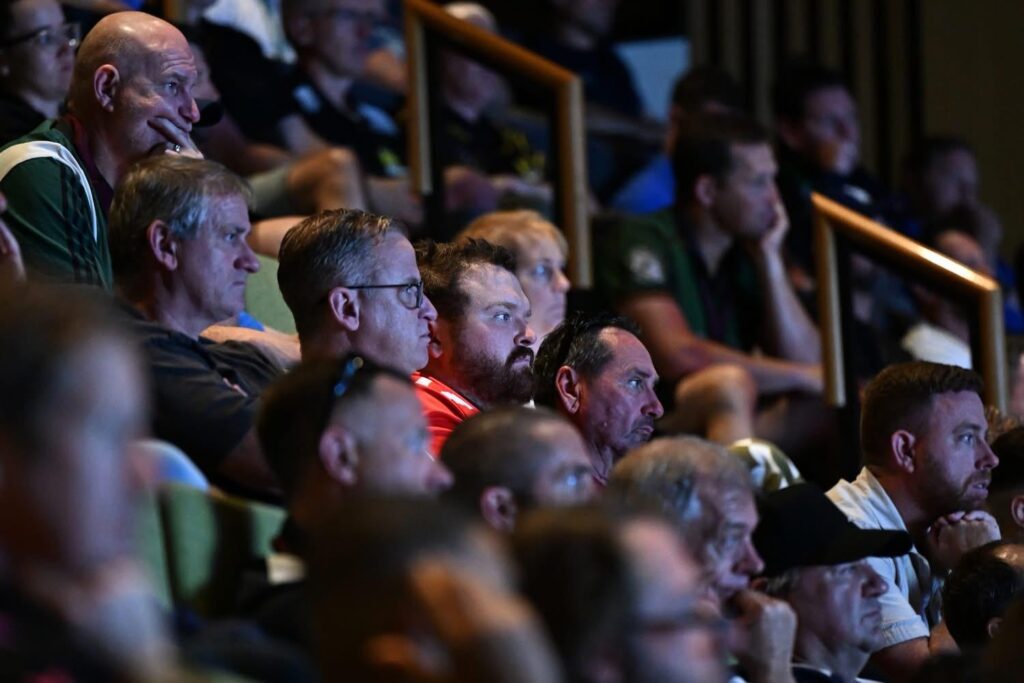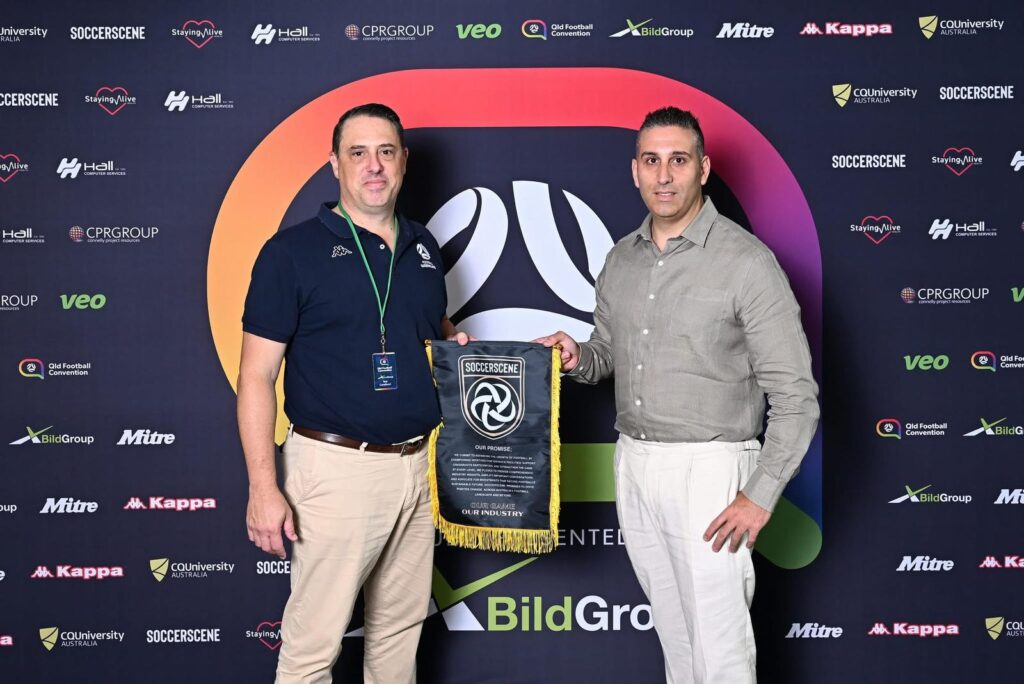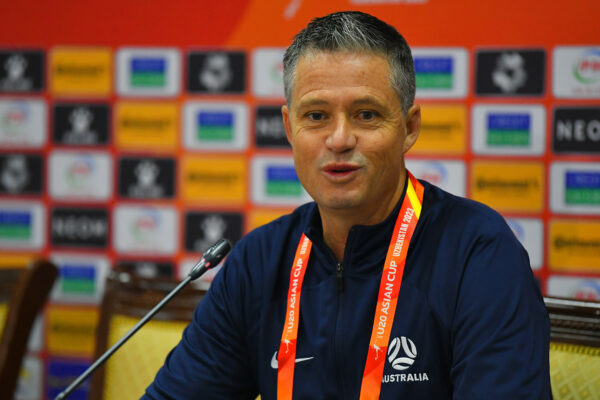
Image Credit: Australia Cup
As the Hahn Australia Cup season finished this week, with Newcastle Jets winning against Heidelberg United Alexander, the football community are now preparing for the upcoming Australian Championship.
This includes pundits and football fans speculating what this year’s tournament has in store for the game and where it is heading in the future. But one thing is for certain: football is gaining a significant number of TV viewers compared to last year. Statistics from Australia’s leading TV blog, TV Tonight, record 506,000 total viewers of the Australian Cup final, dwarfing the 53,000 from last year’s broadcast.
The final, which aired on Network 10 and streamed on Paramount+, attracted 116,000 viewers aged 16-39 and 188,000 viewers aged 25-54. The remaining viewership numbers came from the pre- and post-game shows. However, the media does not view Australia as a football capital, unlike AFL and NRL.
The sports’ finals see millions of viewers and spectators from across the country tune in, showing the type of numbers and fan engagement you would see in European football matches.
From Grassroots….
In the 2024 National Participation Report, football clubs nationally have a total of 1.9 million participants since 2024, with a 16 per cent increase in girls’ and women’s teams in the local sectors, making the game the fastest-growing sport in relation to participation in the country for young players. The statistics also considered the number of people playing the sport recreationally and indoors, like in sporting centres and schools.
The increase in football enrolment can be pointed to the success and media attention of the Socceroos and the Matildas in recent years, making football more popular to general Australians, which in return makes the sport more appealing to younger people. In 2024, enrolment in football clubs has gone up by 11 per cent compared to the previous year, according to the 2024 National Participation Report.
The success of grassroots participation and local sport engagement can also be linked directly to the grants and incentives created by the state government and football governing bodies and received throughout the last few years. Programs like Football Australia’s Club Changer have worked with over a thousand clubs across the country to become empowered and inclusive for players, club members and fans.
Other supporters, like the newly established Parliamentary Friends of Football, embody a shift in the sporting environment of the state of Victoria, who are now representing the sport of football at all levels by securing the future of football in the state of Victoria in both the ministerial and practical sense.
With a group of politicians working alongside stakeholders and club presidents to bring grassroots and state league football into the main stage, it won’t take long until events like the Australian Championship gain wider notoriety outside the football community.
…. To The Major Leagues.
While grassroots clubs and the support they receive from fans and governing bodies play a big role, the major league clubs like Melbourne Victory and the international teams play just as big of a role as the media when representing football.
High-profile events like the 2026 Women’s Asian Cup, which will be hosted by Australia, increase public engagement simply by having the tournament held in the country, just like the FIFA Women’s World Cup 2023 and previous tournaments, which also contribute to the sport’s visibility.
National sports teams usually create a sense of national pride, as well as friendly rivalry between nations. Yet, the popularity of women’s football, as well as men’s, in the general sports-watching community in Australia is determined by how the Australian media portrays the games and broadcasting rights being dealt with by Australian television.
If the mainstream media treated football the way it represents the AFL and NRL, along with the amount of sponsors, merchandise and public acknowledgement of the sport being a part of Australia’s sporting history, you would see the ratings match the AFL Grand Final.
Overall, though football is seeing an increase in viewership and participation in the younger age groups, there’s still a lot more that needs to be done for the sport to evolve into the powerhouse it deserves.
Whether it is playing football in school, watching the upcoming Australian Championship on SBS VICELAND or on SBS On Demand, or actively attending grassroots matches in your community, you and those in the Australian sporting community should engage in the sport like over half a million did last Saturday.


















